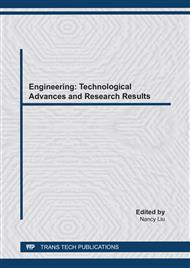p.11
p.19
p.27
p.37
p.47
p.55
p.63
p.71
p.83
Movement Behaviour in a Mall Environment Observing Shoppers’ Floor Choices of Strolling
Abstract:
Scholars have studied about interactions between human behaviour and shopping environment for a long decade. This study investigates shopping behaviour in a mall environment to understand how shoppers choose the routes while strolling in a mall. To that objective, this study aims to figure out the effectiveness of a high-rise mall by examining floor choices of shoppers’ strolling in a 6-floor of Jakarta shopping mall. The data is captured shoppers’ strolling activities in the entire mall starting when they enter the mall and ending when they exit the mall as well as visual socio-demographics such as gender, age and number of accompany and the time shoppers spend in the mall. A descriptive analysis is applied to understand shoppers’ patterns of switch the floors and floor visits. Results show that the higher the floor is, the less stores visit shoppers make. Findings also present that in general one floor below ground floor, ground floor, and one floor above ground floor have more visits than the 1st, 2nd, and 3rd floors. Furthermore, results demonstrate there is a relationship between the time spent in the mall and the number of accompanying persons that shoppers have. Results suggest malls’ practitioners should consider the appropriate height of a high-rise mall as the high-rise mall is not efficient.
Info:
Periodical:
Pages:
83-88
Citation:
Online since:
August 2020
Authors:
Price:
Сopyright:
© 2020 Trans Tech Publications Ltd. All Rights Reserved
Share:
Citation:


